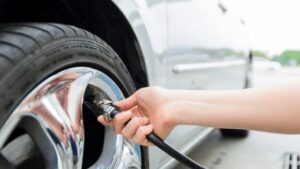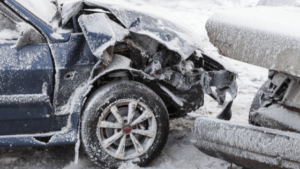
How To Avoid Accidents on Black Ice
Black ice is bad news, and it has the potential to send your car spiraling onto oncoming traffic. Although black ice is transparent, it appears black when it forms over

Black ice is bad news, and it has the potential to send your car spiraling onto oncoming traffic. Although black ice is transparent, it appears black when it forms over

If you live in an area that’s prone to extreme snowfall, then you’ve practiced the process of winterization. Winterization is when you prepare something for the winter; it can be

Utah winters bring bitter cold and heaps of snow and ice. Winter conditions are more than an inconvenience, as they negatively impact roadway safety. Each year, there are over 1,300
UTAH INJURY LAWYERS
Flickinger • Boulton
• Robson • Weeks
PROVO OFFICE
3000 N University Ave
Suite 300
Provo, UT 84604
SOUTH JORDAN OFFICE
10393 S. Temple Dr.
Suite 103
South Jordan, Utah 84095
OFFICE HOURS
Monday- Friday: 8AM-5PM
Saturday-Sunday: Closed
*Disclaimer: the information provided by this website is for informational purposes only and should not be considered legal advice or a substitute for competent legal counsel.
**SMS consent and contact phone numbers will not be shared or sold to third parties or their affiliates for any purpose.
© 2025 All Rights Reserved.